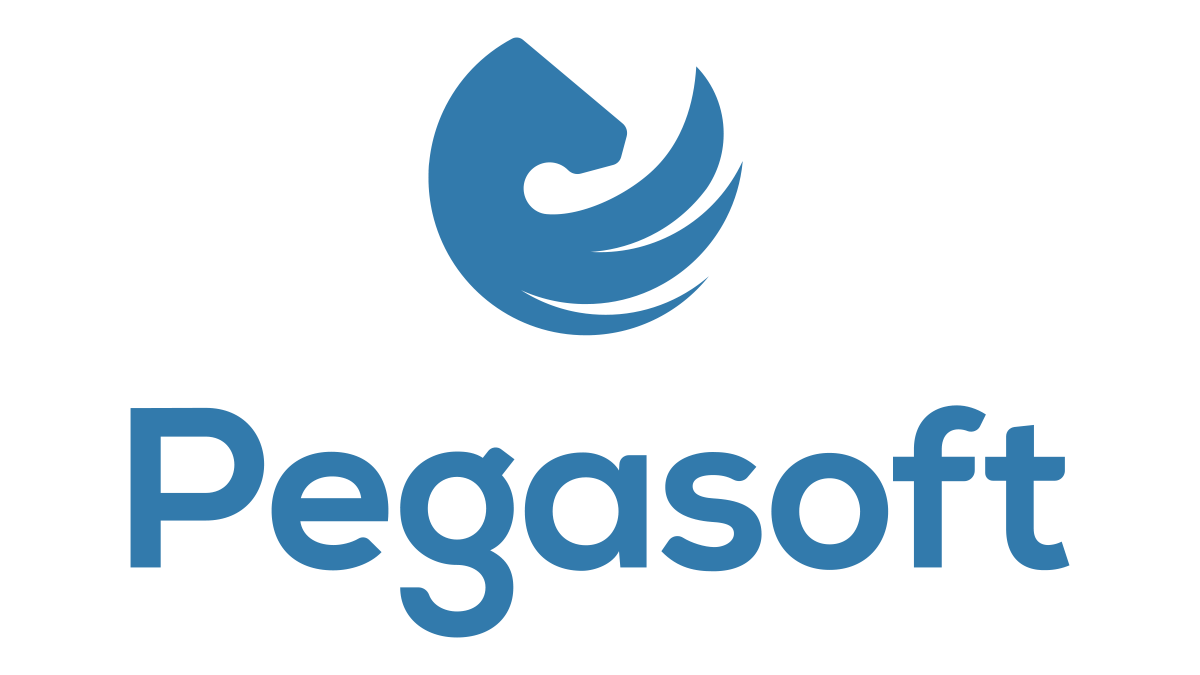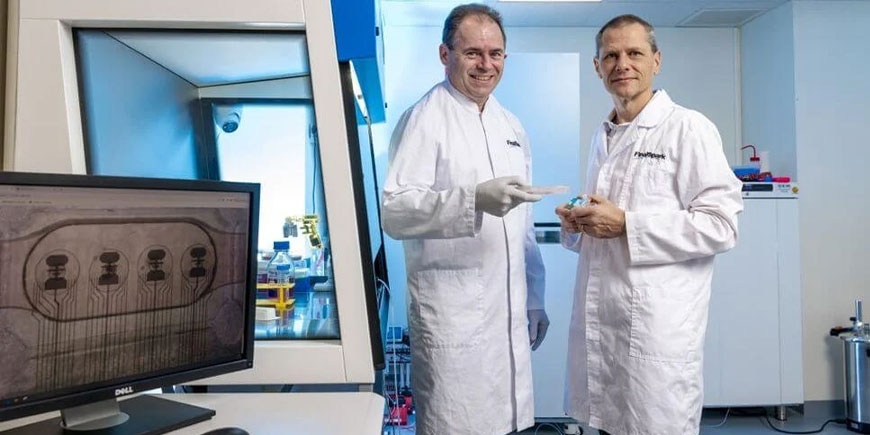FinalSpark is a Swiss start-up that has developed the first bioprocessors using human brain tissue. Does this mean goodbye to “normal” chips?
Has the era of organic computing arrived? Judging by the latest news from Switzerland, it certainly seems so! The young and ambitious startup FinalSpark has announced that it has developed the first commercial bioprocessors in history using human brain tissue.
But how do they work? Let’s find out together.
A new approach to data processing
FinalSpark is a young Swiss startup, founded in 2014 and led by Co-CEOs Dr. Fred Jordan and Dr. Martin Kutter (pictured in the opening photo).
It specialises in biocomputing, the technology that combines electronics and biology, and has recently launched an online platform called Neuroplatform that promises to revolutionise data processing methods.
The platform gives access to selected researchers and research centers around the world, who can perform experiments on biological neurons grown in vitro as human brain organoids, remotely and at any time.

To date, nine research institutes have received the “keys” to use the technology, while three dozen universities have expressed interest in using the platform.
“We firmly believe that such an ambitious goal can only be achieved through international collaboration,” says Dr. Fred Jordan, co-founder of FinalSpark.
An architecture that combines biology, software, and hardware
In the journal Frontiers , a scientific paper entitled “Open and remotely accessible Neuroplatform for research in wetware computing” provides details and specifications of the Neuroplatform.
According to the research paper, the core of the system consists of four “multi-electrode arrays” (MEAs), each of which houses four organoids of human brain tissue. In total, the platform can count on 16 interconnected “mini-brains,” making it the world’s first “living” processor.
These bioprocessors are capable of learning and processing information autonomously.

Bioprocessors: Potential and Questions
The implications of this technology, if confirmed, would be huge. FinalSpark claims that its bioprocessors use up to a million times less power than conventional digital processors. This staggering figure could revolutionise high-intensity computing sectors such as artificial intelligence and big data analysis.
So the story of this biocomputing company is also linked to the challenges facing the technology sector. FinalSpark says its neuroplatform is capable of learning and processing information, and its low power consumption could reduce the environmental impact of computing.
Of course, we are still at a very early and experimental stage. Before we can talk about a real breakthrough, it will be necessary to independently verify FinalSpark’s claims and evaluate the actual usability of this solution.
The nine research institutes had to subscribe to a model based on a proprietary cryptocurrency (500 PCM per month per user). An approach that raises concerns about the real maturity and sustainability of the project.
Certainly, the convergence of artificial intelligence, recent advances in biology and stem cell technologies has opened new horizons in the field of synthetic biology and wetware computing.
“It’s an exciting time to be a researcher,” says Dr. Martin Kutter, co-founder of FinalSpark.


